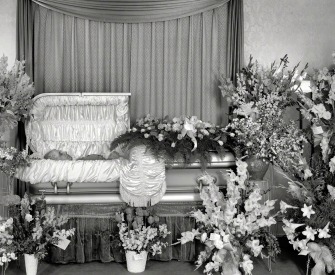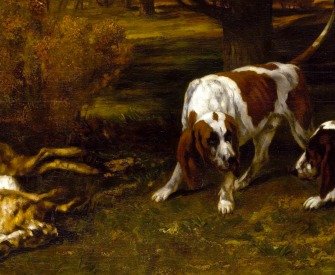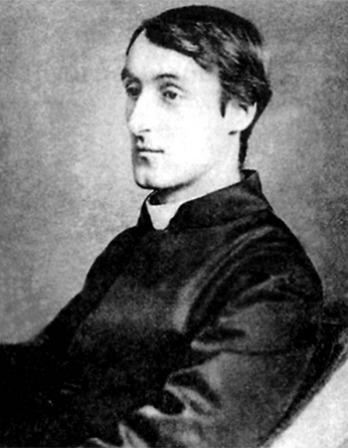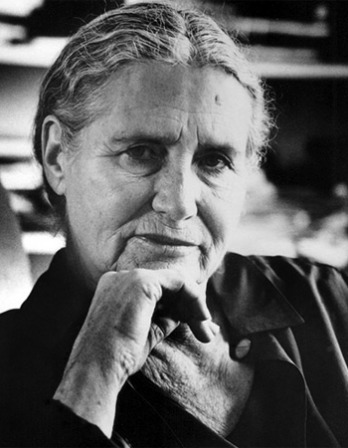In the early hours of the next morning dawning
there was the noise of Adad in the clouds
that rose and filled the morning sky with blackness.
Shullat the herald of the dread Adad
moved out over the mountains and over the valleys,
bellowing; Hanish the herald of the dread
Adad moved over the plains and over the cities;
everything turned to darkness, as to night.
From time to time the Annunaki blazed
terrible light. Then rain came down in floods.
Beneath, the god of the underworld, Nergal,
broke down his own doorposts and opened the earth.
Ninurta, god of chaos and of war,
opened the dikes, and other floods burst forth.
The south wind rushed in, flooding over the mountains.
Brother could not see brother in the welter;
none of the gods in heaven could see the earth;
the land was shattered like a shattered pot;
confusions of dread Adad were everywhere.
Terrified gods got themselves up as high
as they could go, nearest the highest heaven,
cringing against the wall like beaten dogs.
Ishtar cried out like a woman in her birth pangs,
the sweet-voiced lady cried, “The days that were
have now become as featureless as clay
because of what I said when I went to the gods
in heaven, bringing calamity down on those
whom now the sea engulfs and overwhelms,
my children who are now the children of fish.”
The Annunaki sat and wept with her,
the cowering gods wept, covering their mouths.
Six days and nights the storm went on this way,
the south wind flooding over the mountains and valleys
until the seventh day when the storm birth-labor
subsided at last, the flood subsided at last.
I opened the hatch. The daylight touched my face.
I looked outside. Nothing was moving at all.
It looked as flat as a flat clay roof looks flat;
and all the human beings had turned to clay.
I fell to my knees and wept. The tears ran down
the sides of my nose. I wept in the total silence.
I looked outside and looked as far as I could,
trying to find, looking across the world,
something. And then, far off, something was there.
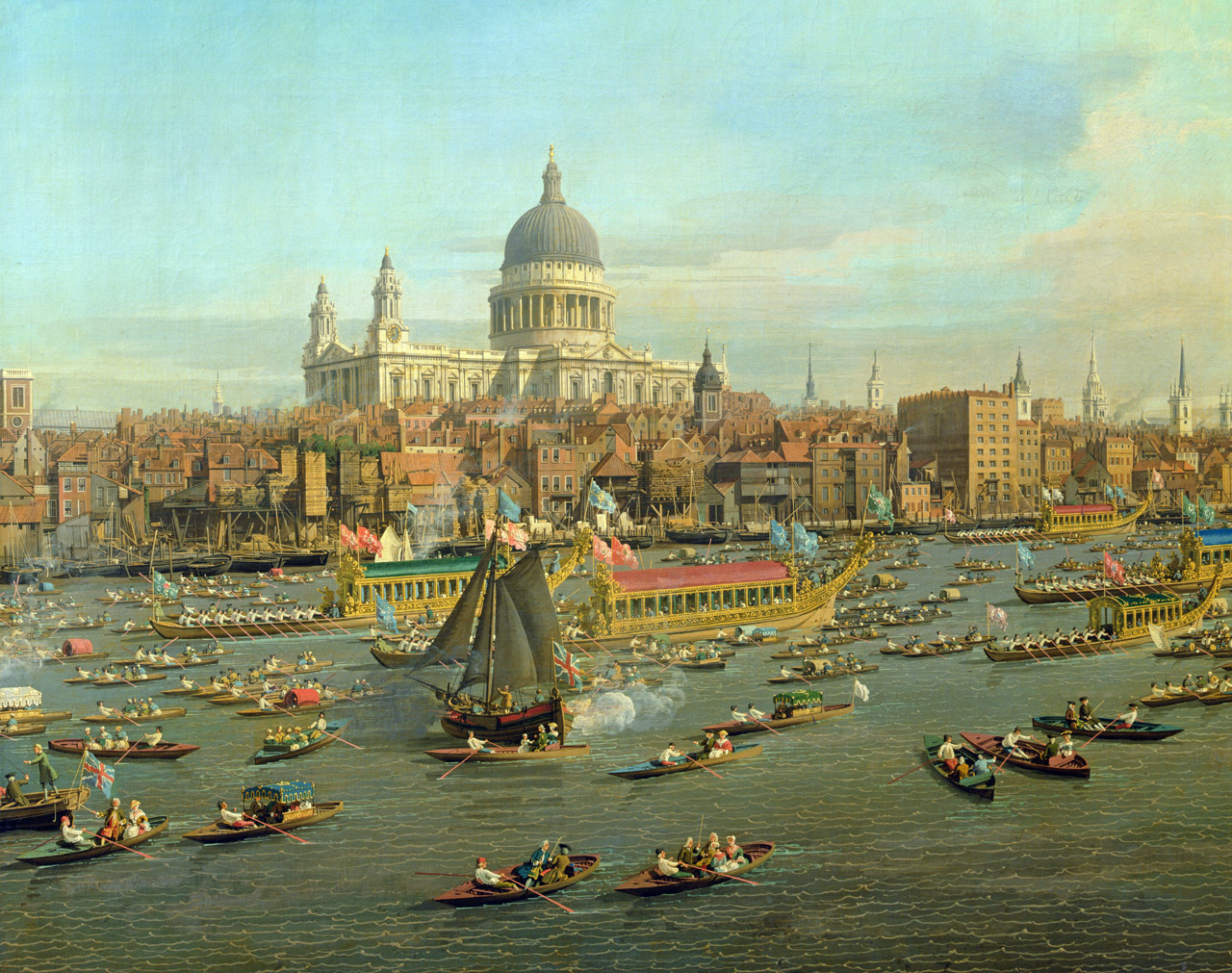
London: The Thames on Lord Mayor’s Day (detail), by Antonio Canaletto, c. 1750. The Lobkowicz Collections, Prague Castle, Czech Republic.
What looked like signs of an island could faintly be seen;
and then the boat was caught and held from under
by the peak rock of a mountain under the water.
It was Mount Nisir the boat was grounded on.
A first day it was held, and a second day;
a third day the boat was held from under,
and a fourth day, and a fifth; a sixth day,
and then on the seventh day I freed a dove.
The dove flew free and flew away from the boat,
seeking a place for its little feet to alight,
and finding none, flew back to the boat to perch.
I freed a swallow then and it flew free
and flew away from the boat, seeking a place
for its little feet to alight, and finding none,
flew back to the boat to find a place to alight.
I freed a raven then and it flew free
and flew away from the boat, and never returned.
It had found a place to alight, and circled about
the place, and alighted, and settled itself, and ate,
and never after that returned to the boat.
Then I set free all the other birds in the boat
and they flew free, scattering to the winds.
© 1992, David Ferry.
From The Epic of Gilgamesh. The fullest extant version of the poem is inscribed in Akkadian on a dozen tablets unearthed between 1849 and 1851 among the contents of a seventh-century-bc Assyrian king’s library. Reading this passage about the great deluge, the British Museum curator George Smith, who published the first partial translation of the epic in 1876, reportedly exclaimed, “I am the first man to read that after more than two thousand years of oblivion!” He then ran around the room excitedly and undressed.
Back to Issue

